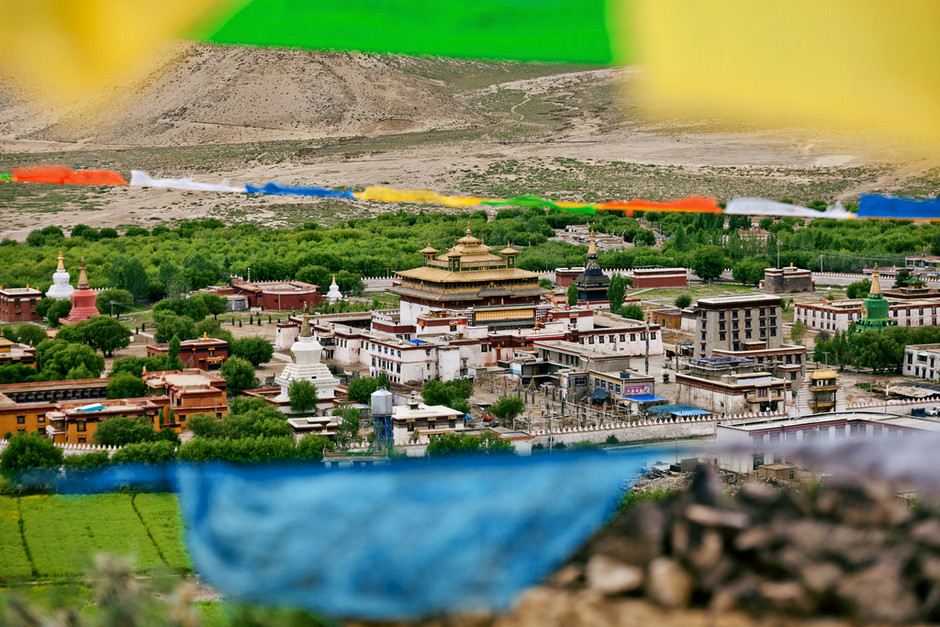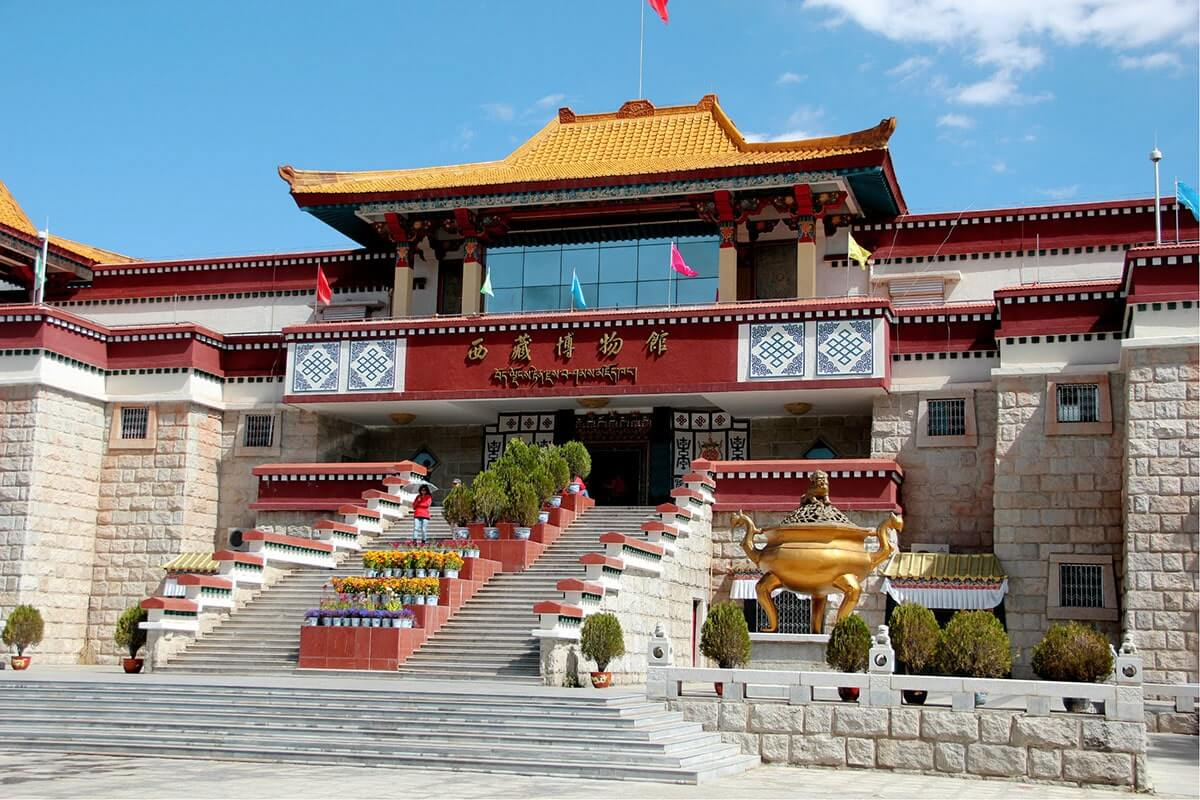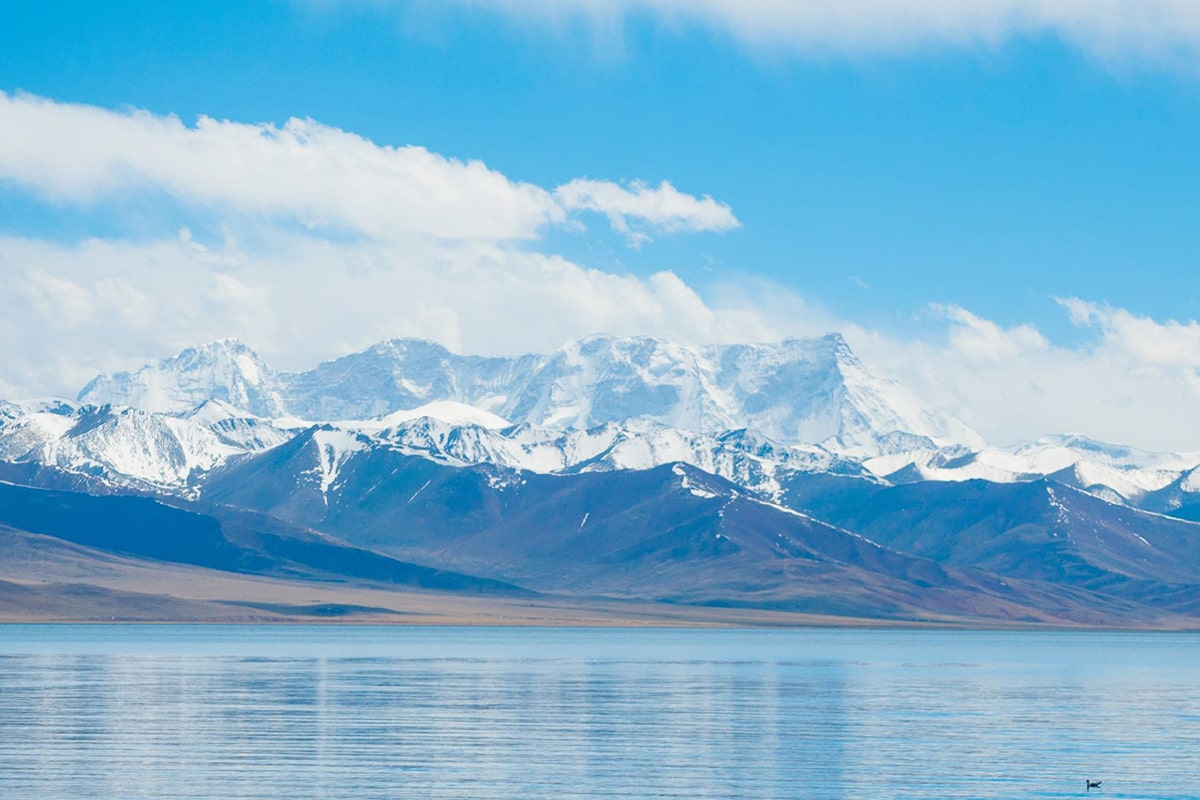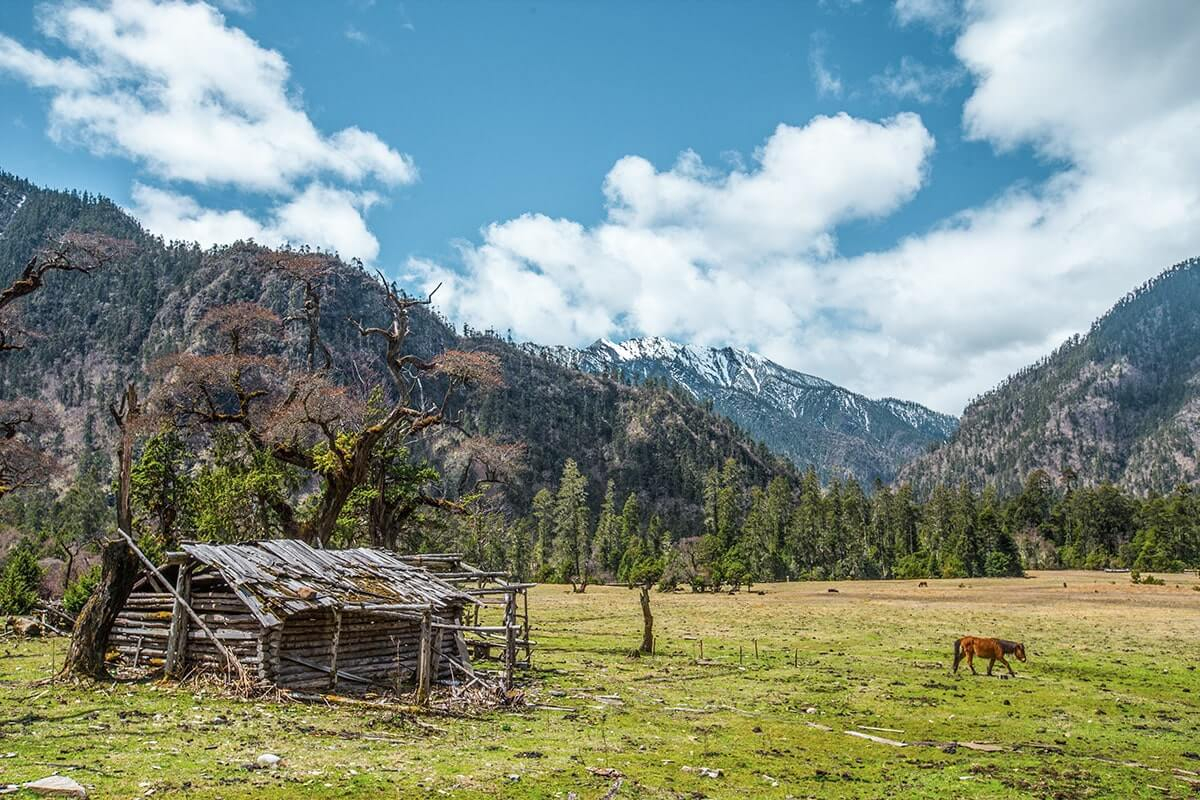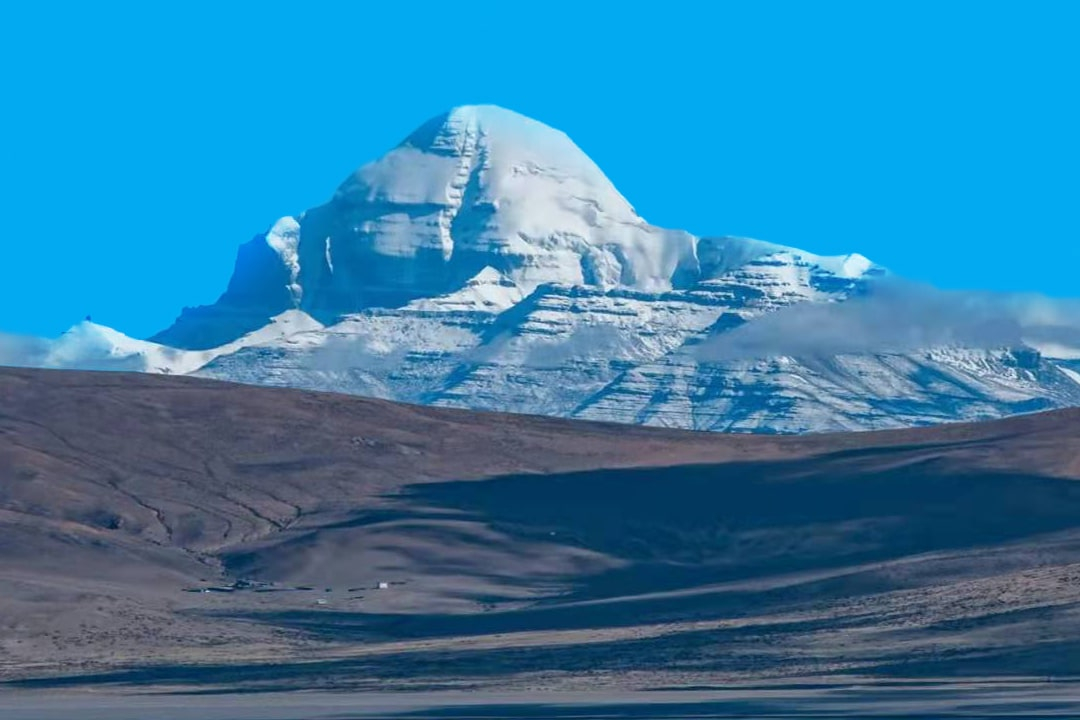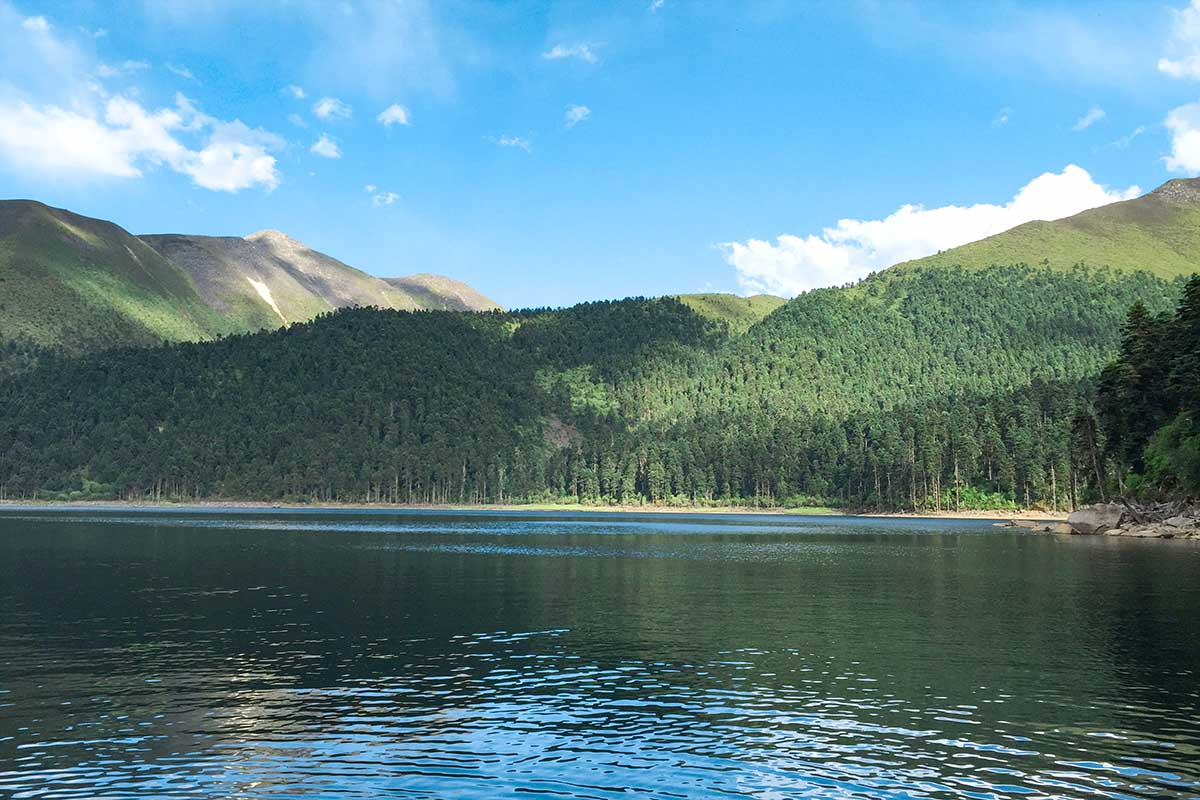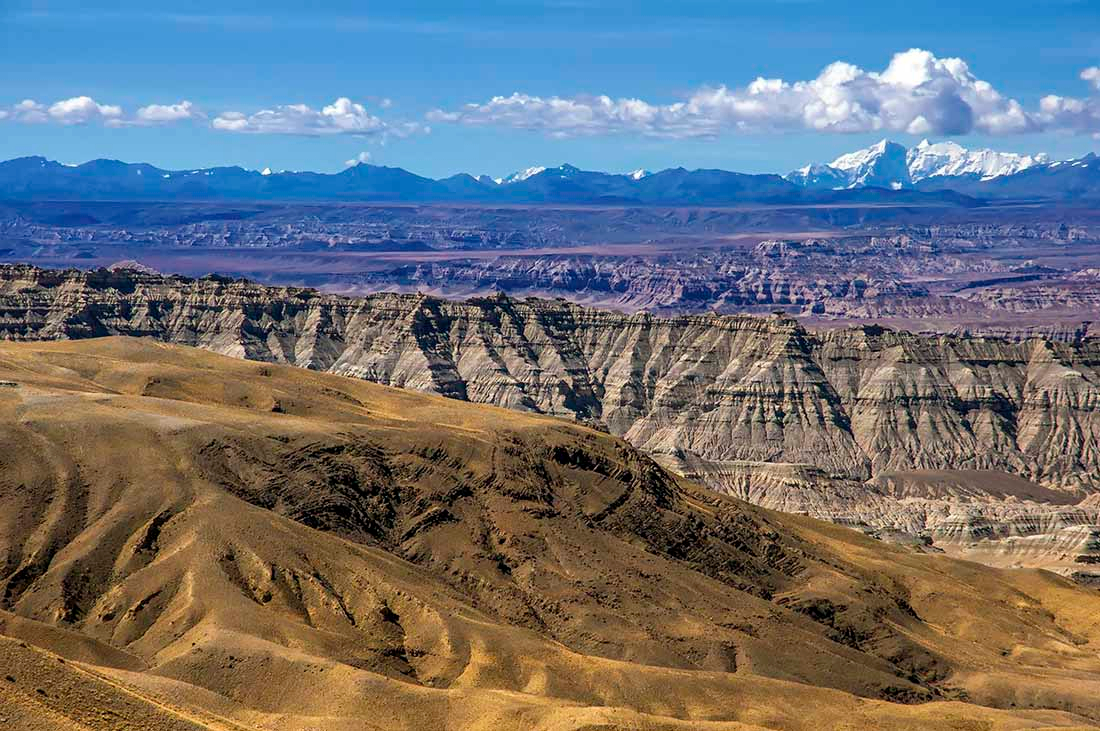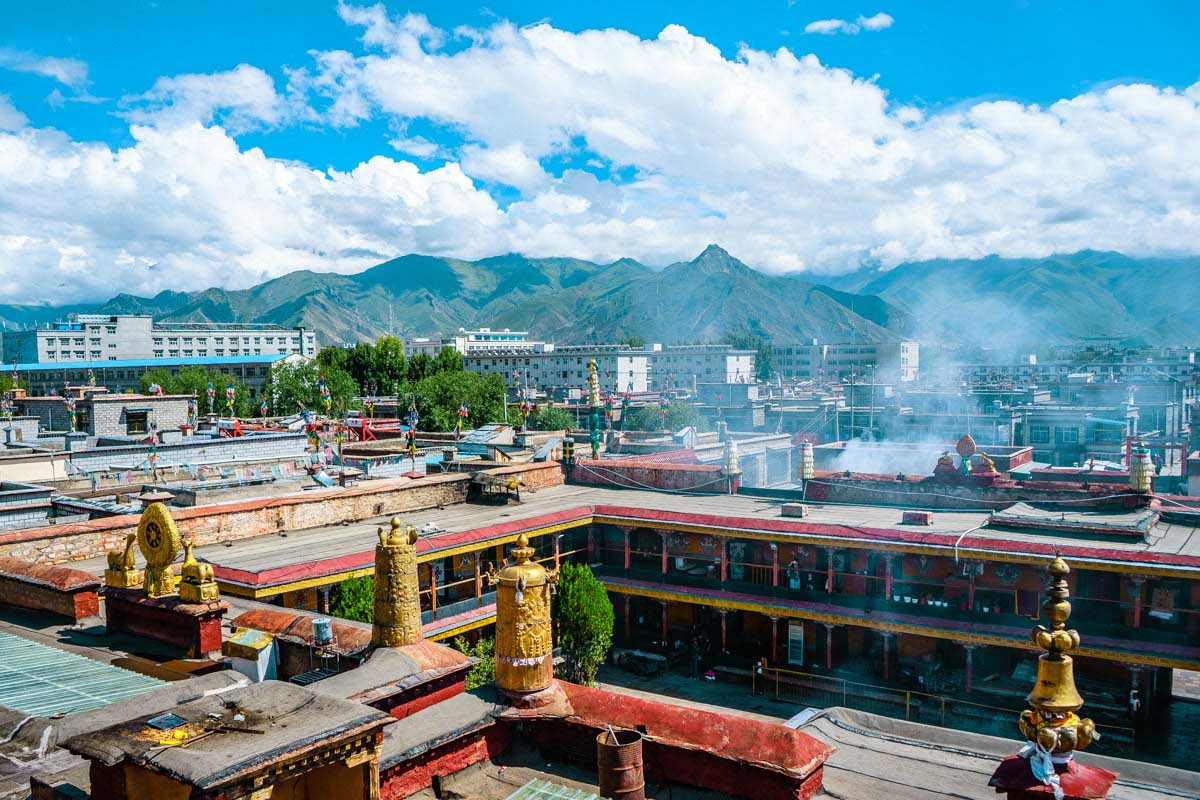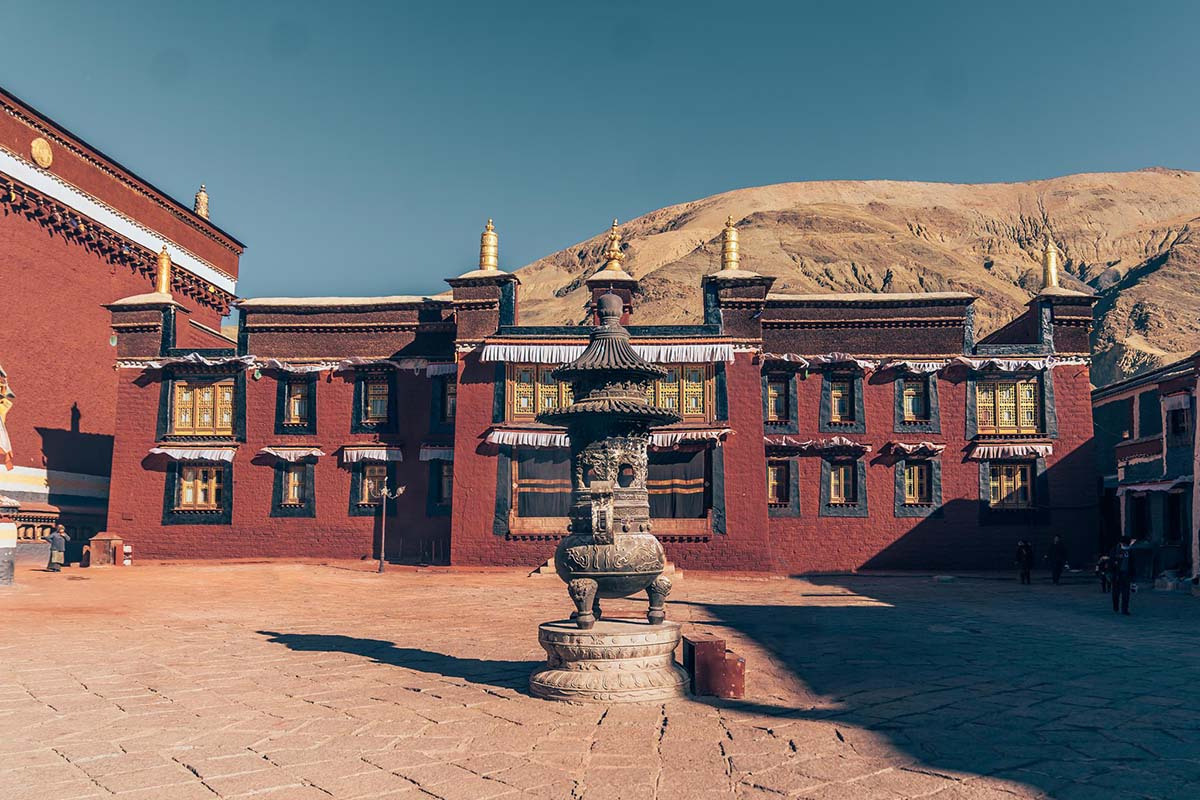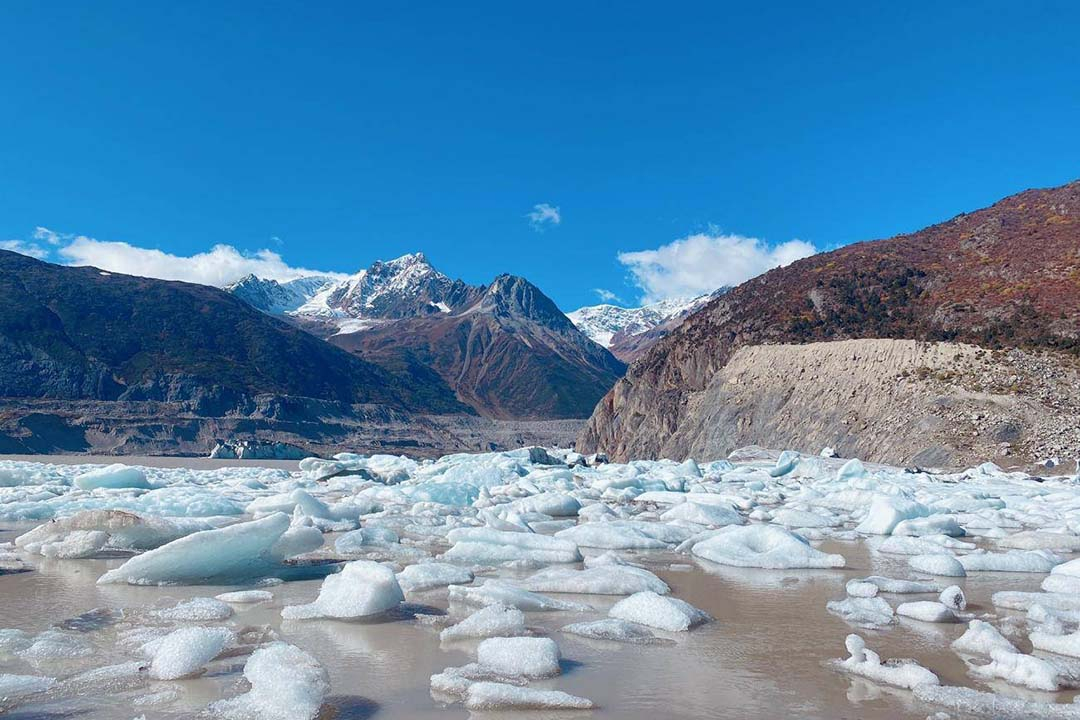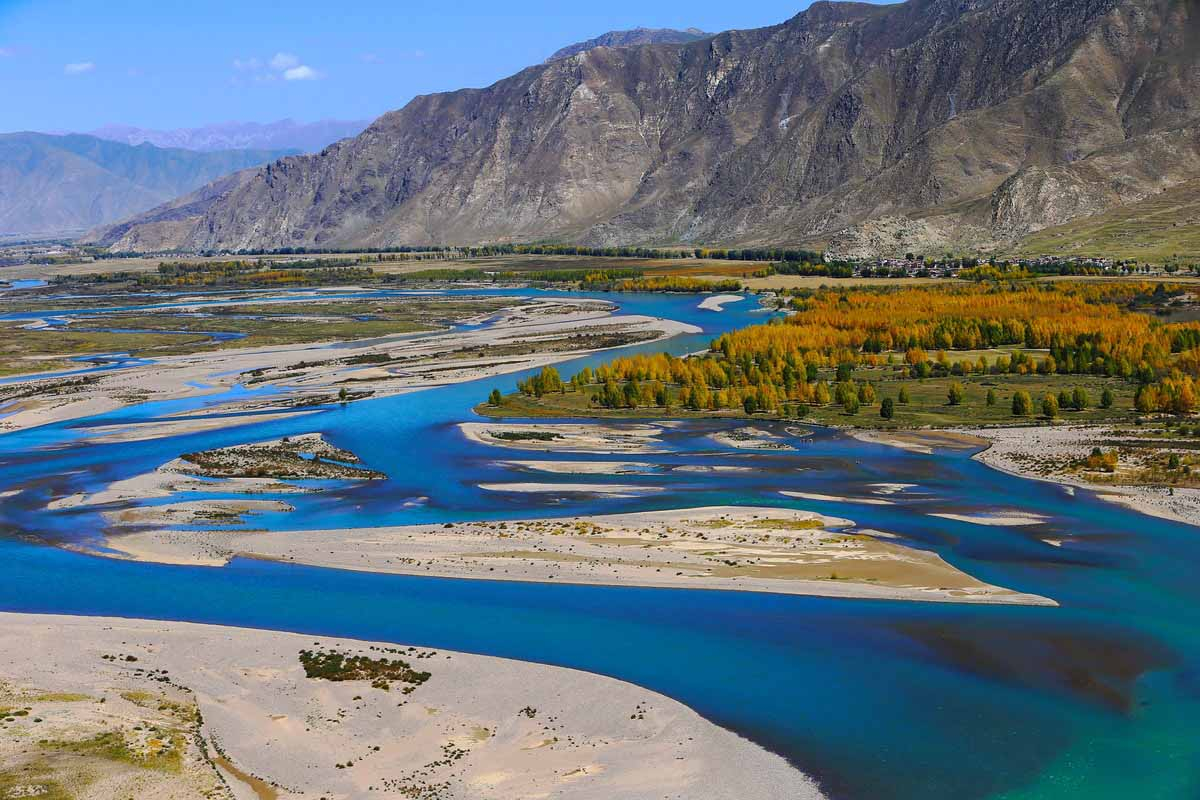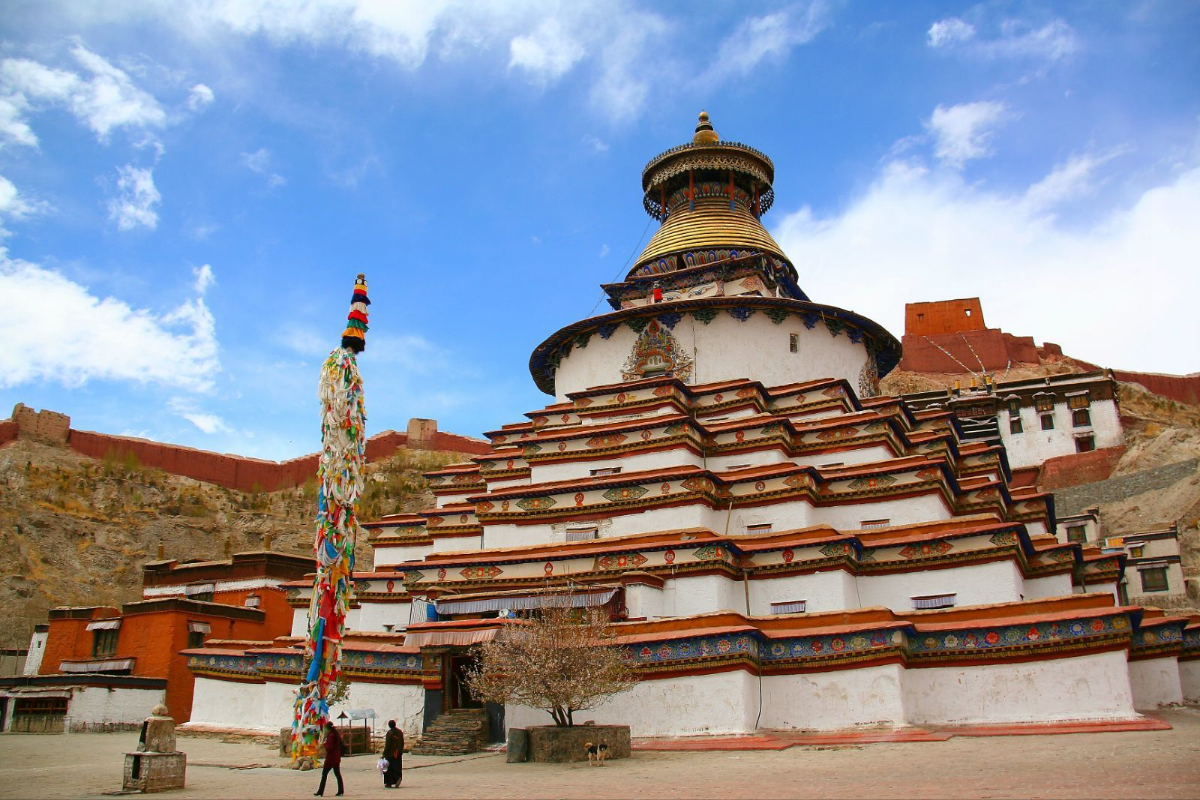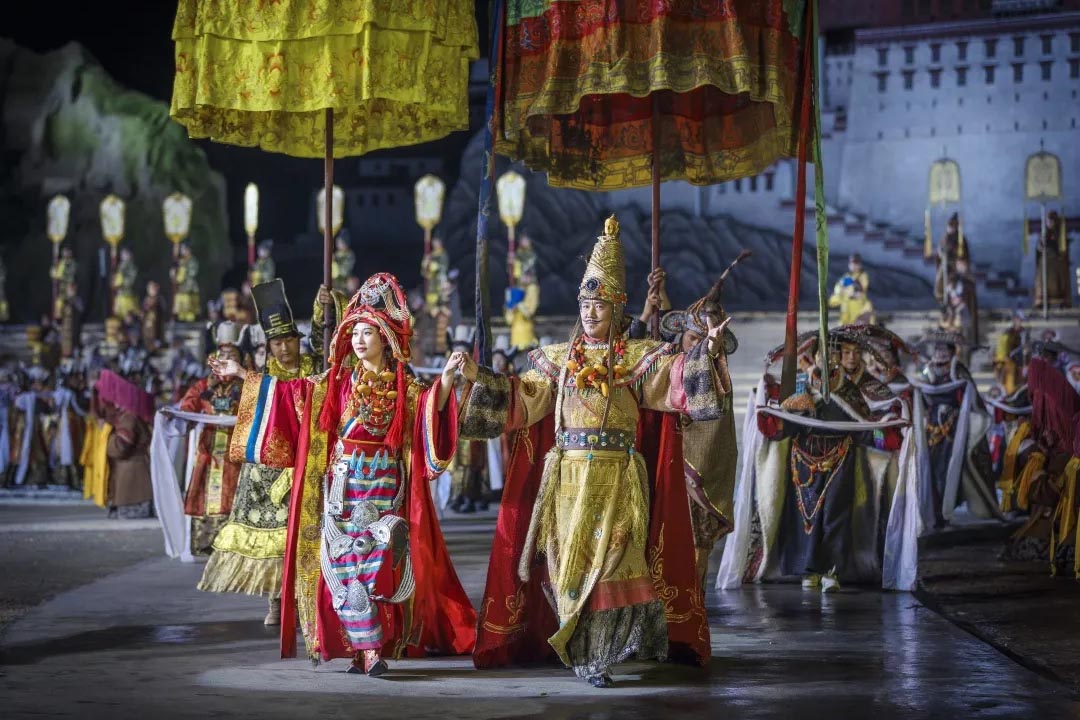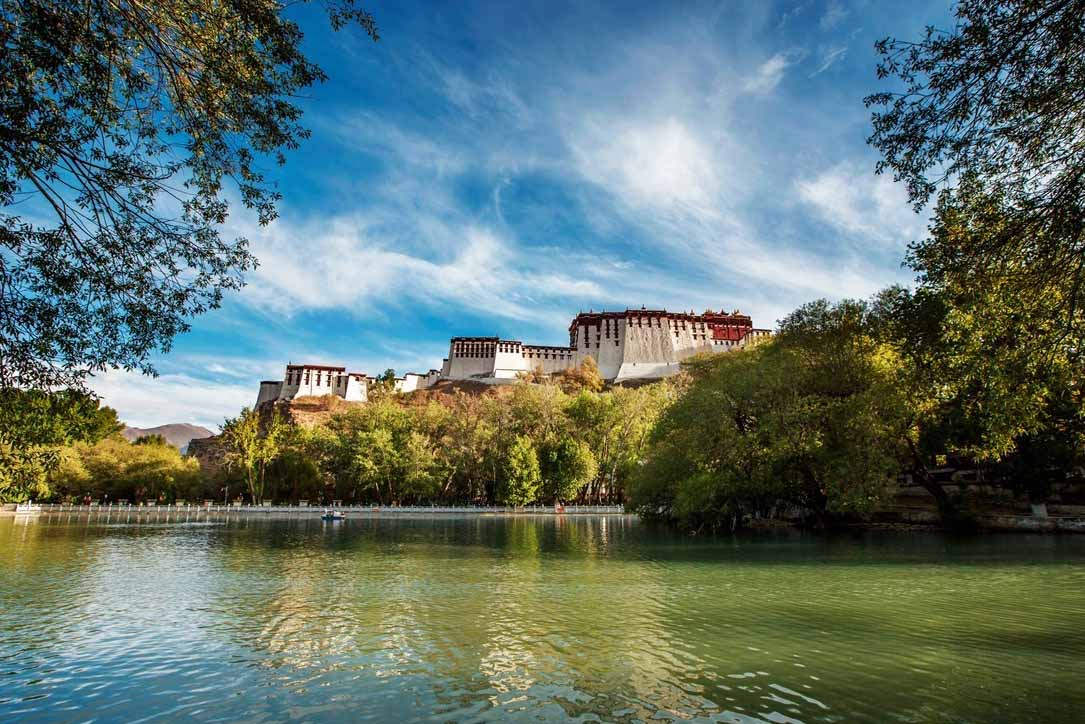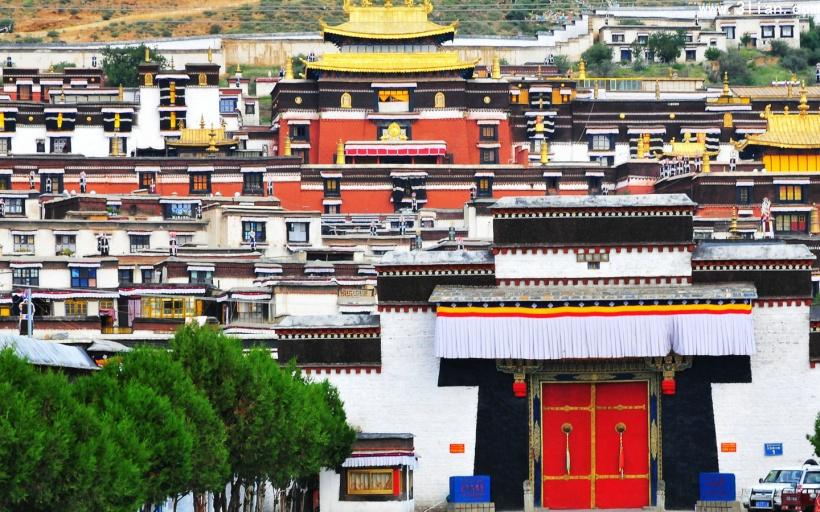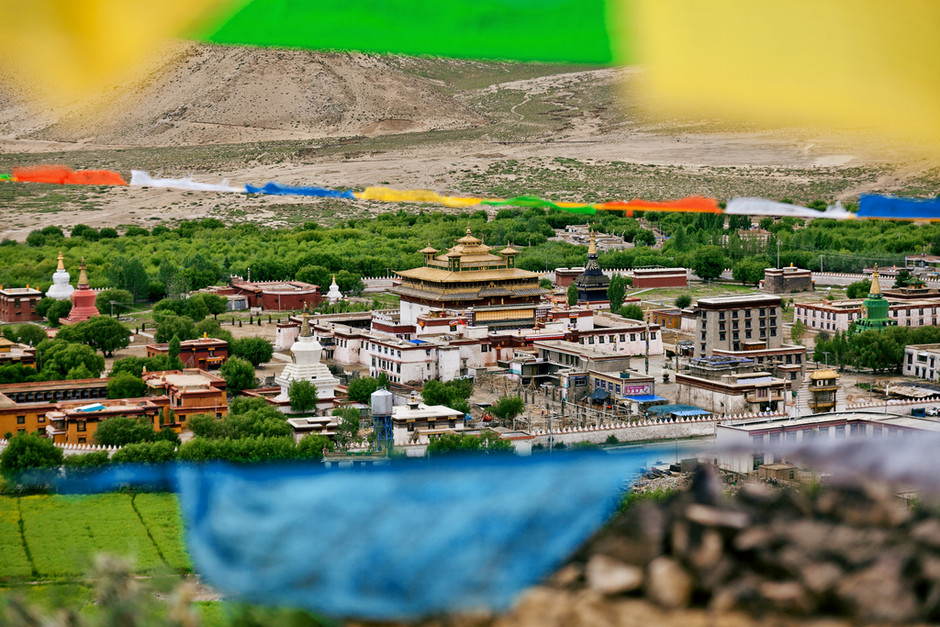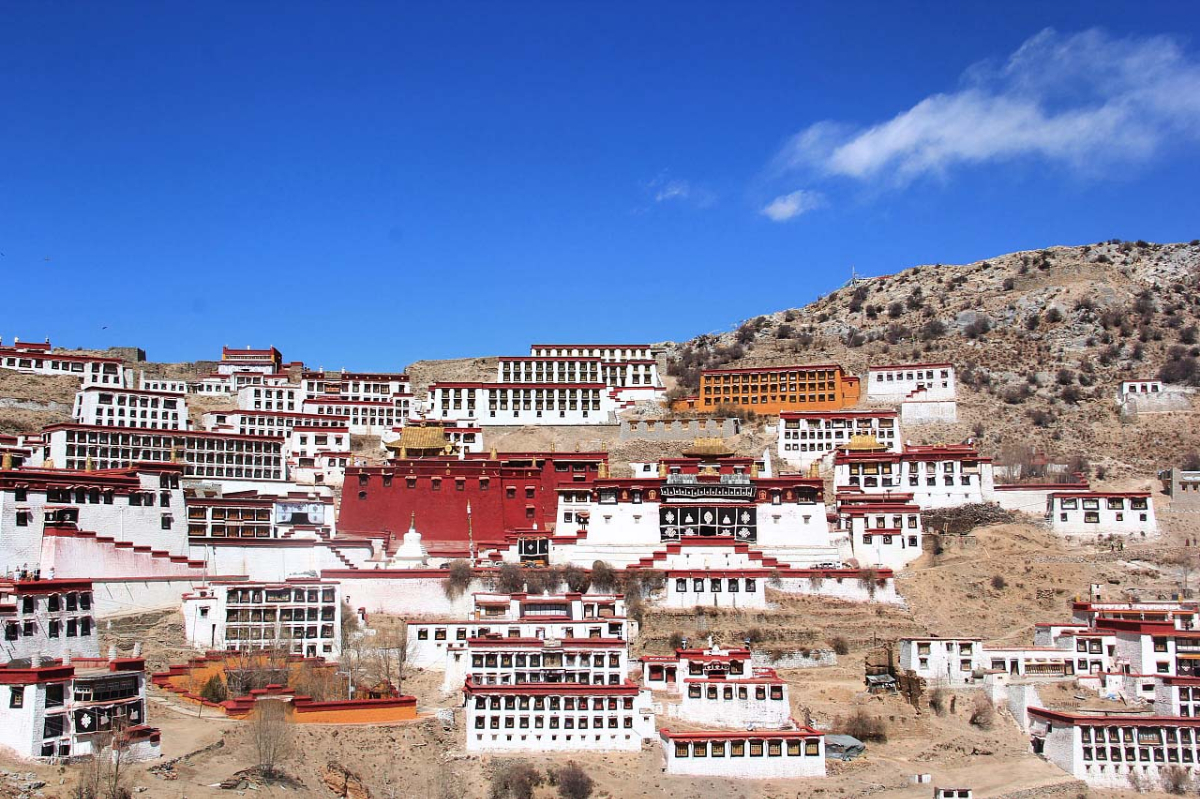Samye Monastery
Chinese name: 桑耶寺 (Sang Ye Si)
Location: Sangye town, Zhanang County, Shannan, Tibet.
Ticket: Entrance ticket CNY45.00
Estimated tour time:2-3 hours
Recommended time to visit: May to Oct
Elevation: around 3500m above sea level
Nearby attractions: Mindroling Monastery, Yumbu Lakhang, Gandan Monastery, etc.
About 170km southeast of Lhasa, on the north bank of the Yarlung Tsangpo (Brahmaputra River) is Samye Monastery, the first monastery in Tibet. For over 1,200 years of history, it is one of most influential monastery in Tibet.
Samye, Tibet's first monastery, was likely completed in 775 and inaugurated in 779, although the Tibetan historian Buton gives construction dates of 787-799 and the Tang Annals state it was built in 763. The Indian pandita Santaraksita of Zahor was invited to Tibet by King Tri Songdetsen in order to establish the monastery, and, according to legend, Padmasambhava was brought in to subjugate local deities that opposed its construction. It is believed to have been constructed as a representation of Mount Meru using the Indian Buddhist temple of Odantapuri, a Pala dynasty monastery in present-day Bihar, as a model. The name Samye (bsam yas), meaning "inconceivable" is said to derive from its being even more glorious than Tri Songdetsen had hoped for.
According to Tibetan and Chinese sources, in about 797, a great debate was held at Samye between proponents of Indian and Chinese Buddhist perspectives. The Indian view prevailed, greatly influencing the subsequent development of Buddhism in Tibet, although Chinese influence continued.
Samye was a vibrant institution, with great religious and political influence, from its founding up to the tenth century, after which its influence waned under Kadam, Sakya and eventually Geluk control. The monastery remains a very important pilgrimage site and a symbol of Tibet's national identity, in which Nyingma, Sakya and Geluk schools all have strong interests. The original buildings of Samye are no longer intact, having suffered damage and destruction several times over the centuries, but after each round of destruction, Tibetans have endeavored to restore the monastery. Notable renovations have been carried out by Ra Lotsawa in the eleventh century, the Seventh Dalai Lama Kelzang Gyatso in the eighteenth century and the Tenth Panchen Lama in the twentieth century.
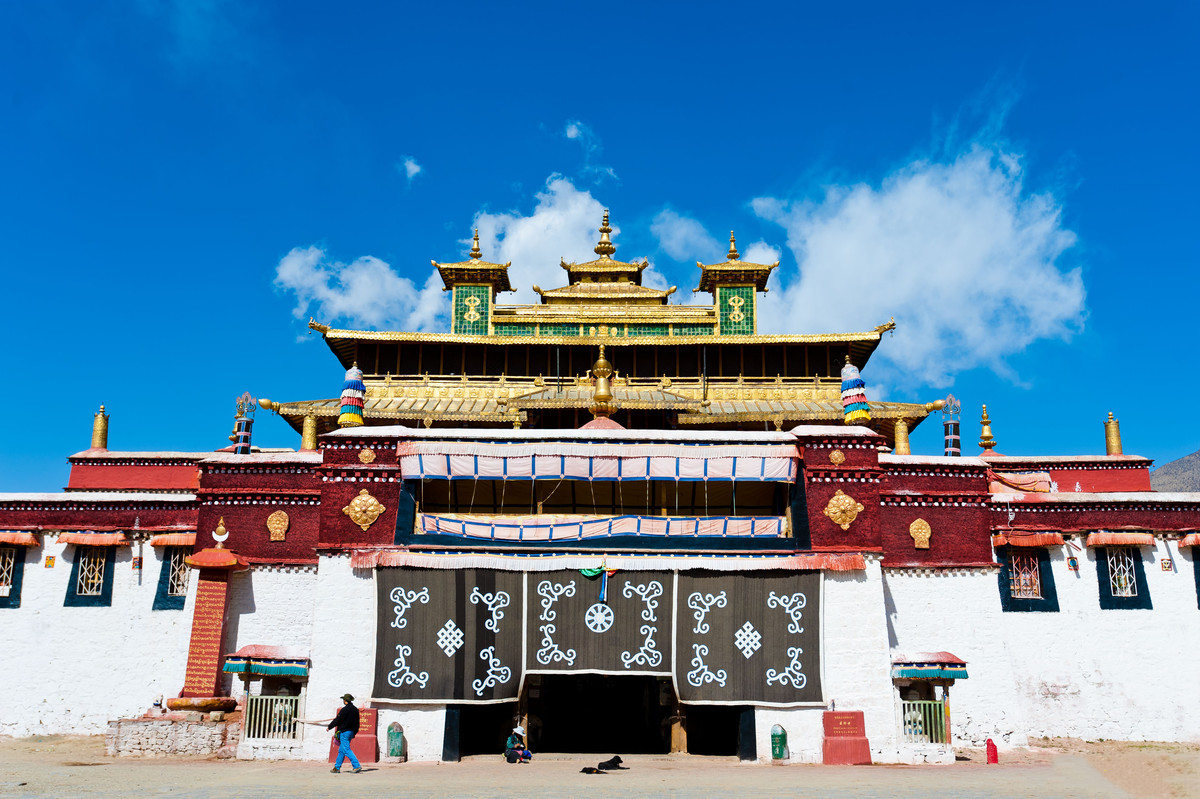
The monastery combined Chinese, Tibetan and Indian architectural styles. The layout was designed completely according to the ideal universe found in Buddhist scriptures. The Great Hall symbolizing Sumeru in perfect the Buddhist universe, is the largest structure in the monastery, which is circled by the sun chapel and the moon chapel. Four stupas of different styles -- red, white, black and green -- represent four Heavenly Kings, and stand at four corners of the hall. Four larger halls and eight smaller ones, evenly distributed around Utse, are deemed the 12 continents in that universe. The monastery is secluded from the outside world by a circular wall, with thousands of Buddha statues sitting on it, representing mountains near the border of the universe.
Samye has a colossal collection of artifacts, its murals are prestigious throughout Tibet. Samye has many valuable murals which won't be seen anywhere else. They include murals telling of Padmasambhava's life , the history of Samye and other murals reflecting the local folklore. The Samye murals are actually an encyclopedia of Tibetan culture and religion.
- HOTEST
- RECOMMEND
